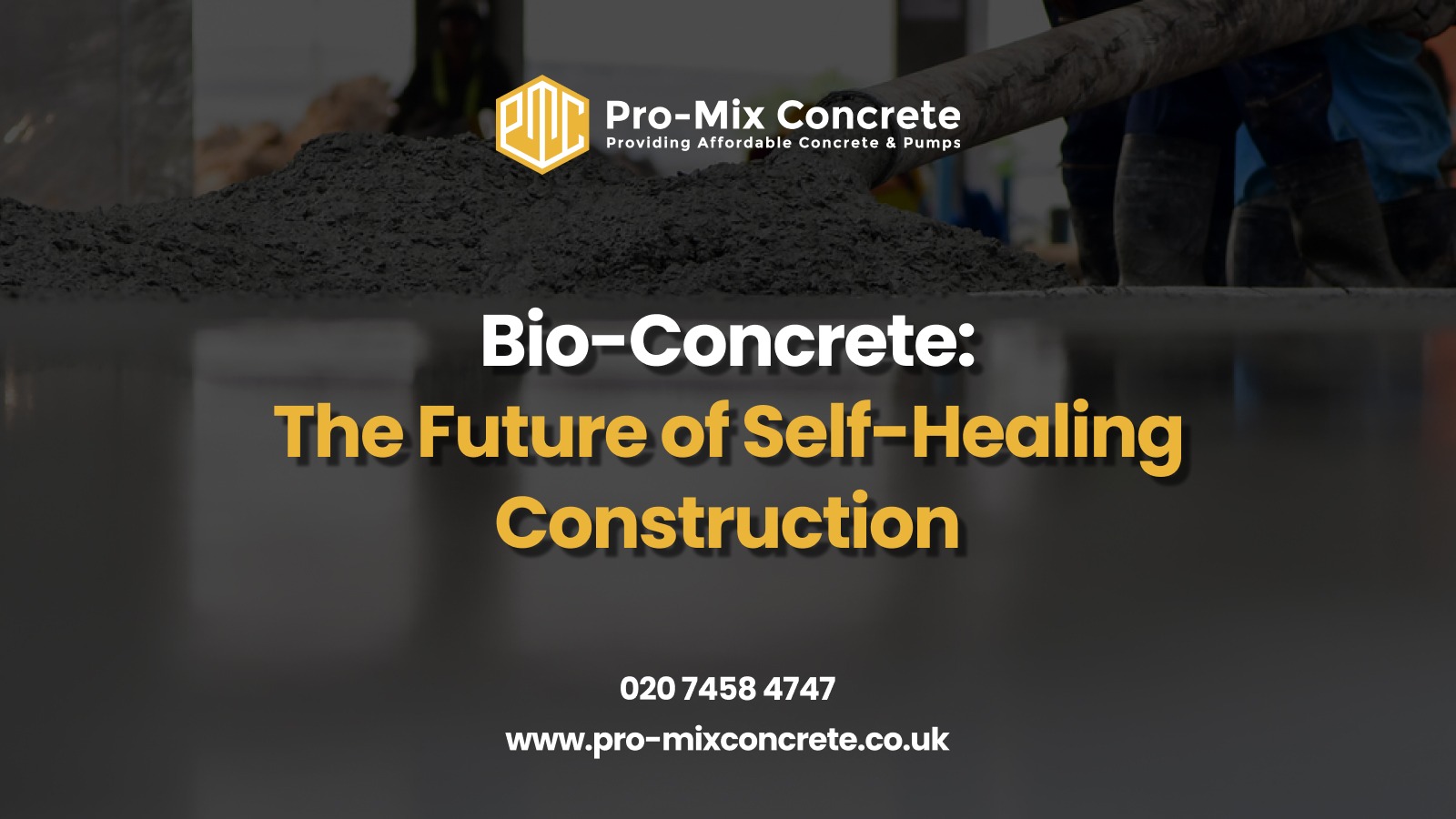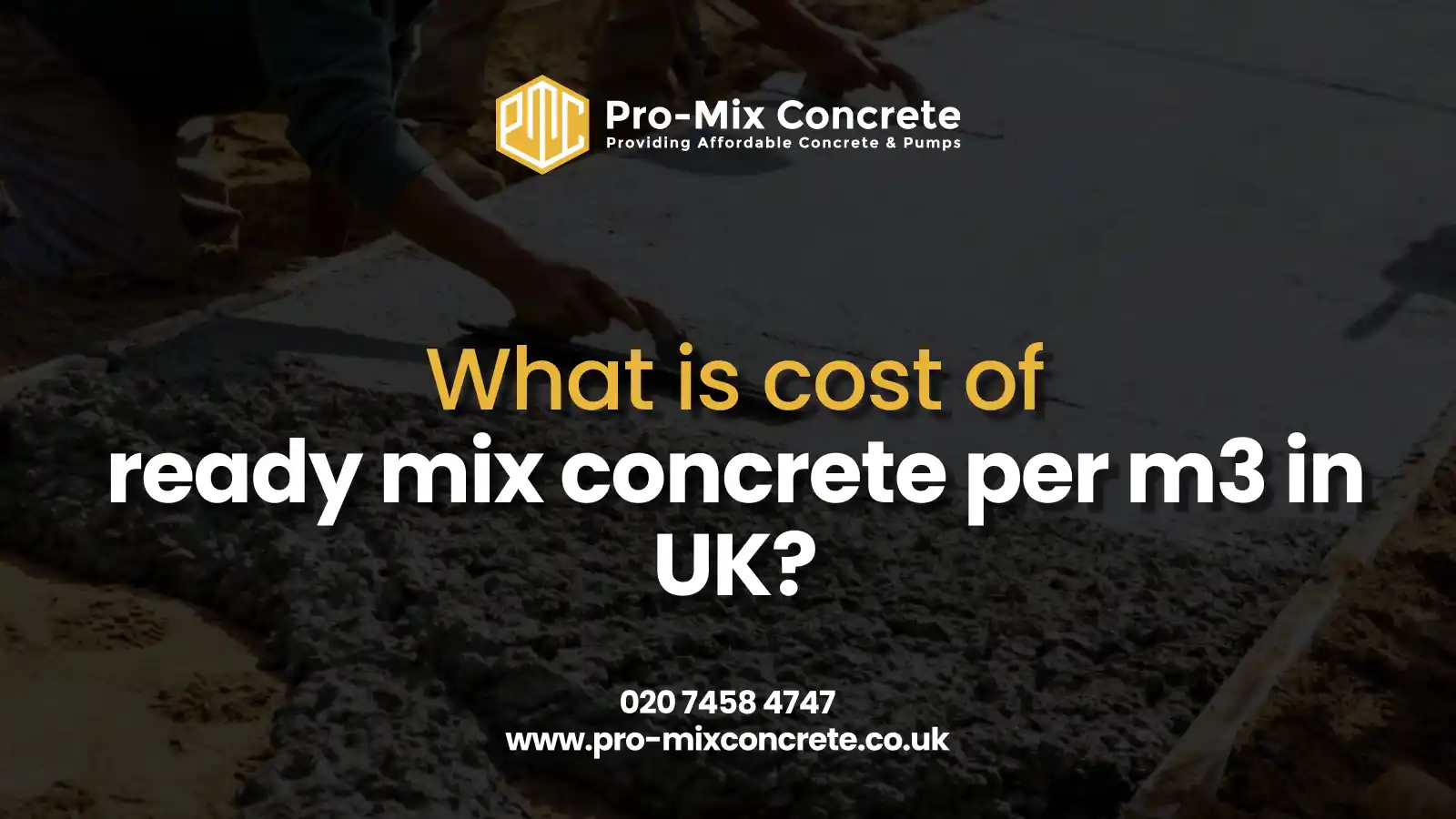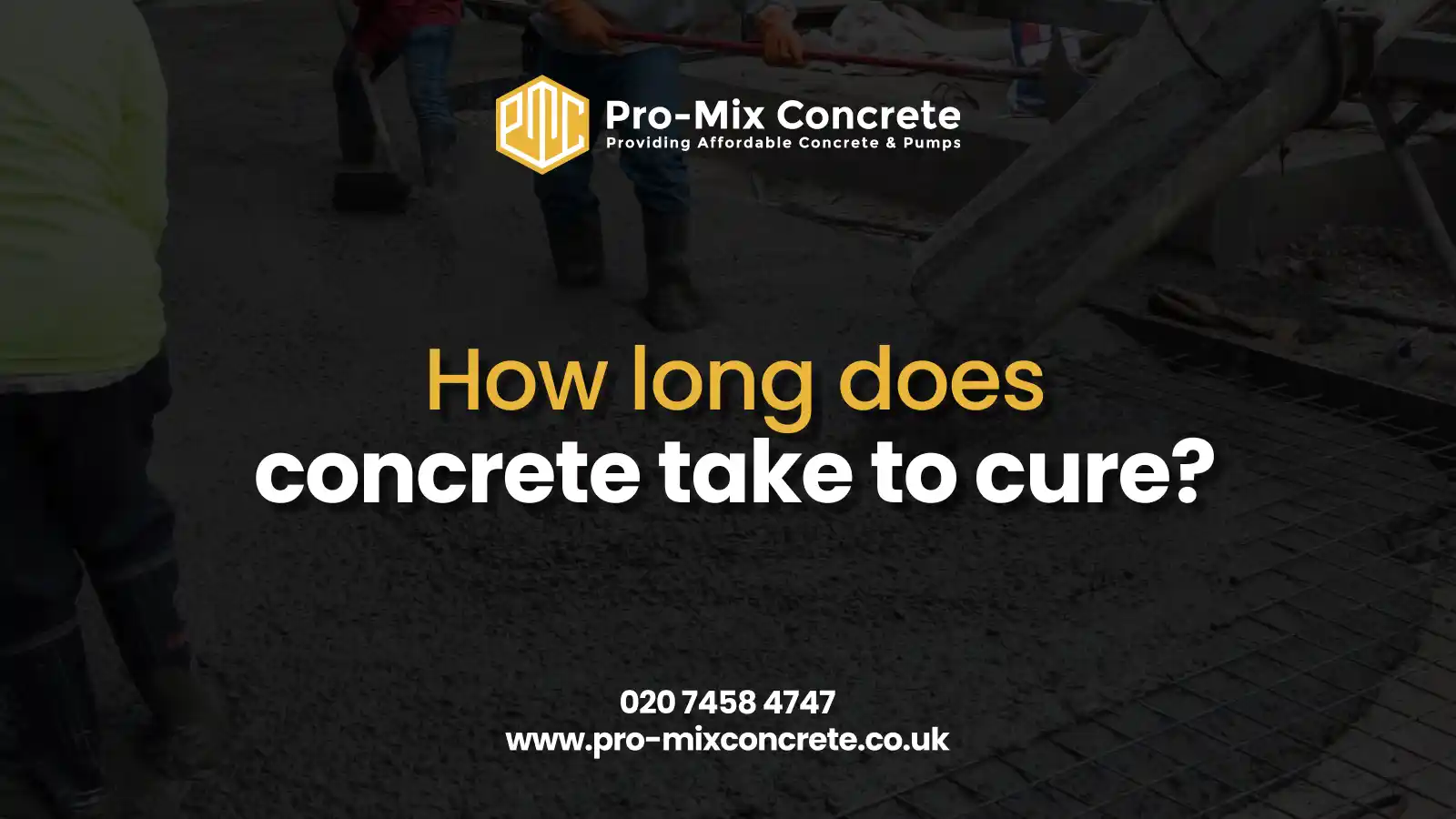Cracks in concrete aren’t just an aesthetic issue. Over time, they weaken the structure, invite moisture that can corrode reinforcements, and create vulnerabilities that grow into significant problems. For years, repair methods were reactive, but bio-concrete changed the game. This revolutionary material combines biology and construction to create structures that automatically fix minor cracks before they escalate into serious damage.
Why Do Concrete Cracks Need Urgent Attention?
Ignoring cracks in concrete can lead to more than just visible damage. Here’s why addressing them promptly is crucial:
- Structural Weakness: Cracks allow water to seep in, corroding the steel reinforcements and weakening the overall structure. Over time, this creates vulnerabilities that may lead to collapse.
- Costly Repairs: A minor crack left untreated can grow, requiring significant restoration efforts that are far more expensive than early intervention.
- Safety Hazards: From trip-and-fall accidents to compromised load-bearing elements, cracked concrete poses real risks to both people and property.
With self-healing concrete, these risks are minimized, making buildings and infrastructure more resilient.
What is Bio-Concrete, and How Does It Heal Itself?
So, what is self-healing concrete, and why is it changing the way we build? Well, bio-concrete is a self healing concrete designed to automatically repair cracks, restoring its strength and integrity. The science behind its self-healing ability involves combining traditional concrete with biological elements.
- Special Bacteria: Microorganisms like Bacillus species are added to the mix. These bacteria remain dormant until activated by moisture.
- Calcium Lactate: This is the “food” for the bacteria. When cracks form and water enters, the bacteria consume calcium lactate, producing limestone that seals the crack.
- Encapsulation: Both the bacteria and calcium lactate are stored in tiny capsules within the concrete, protecting them from the harsh mixing and curing process.
When water enters a crack, it activates this biological process, naturally sealing the damage and restoring the material’s strength.
Applications of Bio-Concrete in Construction
Bio-concrete self-healing technology is already being used in a variety of projects, including:
- Bridges: Heavy traffic and exposure to the elements make bio-concrete a reliable choice for minimizing repair cycles.
- High-Rise Buildings: The self-healing property ensures longer-lasting foundations and facades, reducing maintenance costs.
- Water Storage Tanks: Constant exposure to moisture makes bio-concrete ideal for water tanks, reducing the risk of leaks and contamination.
- Residential Projects: For homeowners, bio-concrete ensures a more durable and low-maintenance living space.
Challenges in Adopting Bio-Concrete
Despite its benefits, what is bio-concrete without its challenges? Some barriers to adoption include:
- Higher Initial Costs: The specialized materials make it more expensive upfront.
- Technical Expertise: Construction teams must understand how to mix and apply it properly.
- Limited Retrofitting: Not always suitable for existing structures.
However, the long-term cost savings and durability make it a worthwhile investment.
Why Choose Bio-Concrete Over Traditional Materials?
When comparing bio-concrete with conventional materials, the advantages are clear.
Feature | Traditional Concrete | Bio-Concrete |
Crack Management | Requires external repairs | Repairs itself using natural processes |
Lifespan | Prone to degradation over time | Enhanced durability and longevity |
Maintenance Costs | High due to frequent repairs | Minimal after installation |
Environmental Impact | Significant carbon emissions | Sustainable and eco-friendly |
This makes bio-concrete a forward-thinking choice for both residential and large-scale projects.
Role of Concrete Pump in Bio-Concrete Application
Using bio-concrete requires precision in mixing and application to ensure its self-healing properties remain intact. Concrete pump hire is an essential part of the process, offering several benefits:
- Efficient Material Delivery: Pumps ensure the concrete is distributed evenly across the site, preventing weak spots.
- Accessibility for Complex Structures: High-rise buildings, bridges, and underground facilities benefit from pumps that reach hard-to-access areas.
- Reduced Wastage: By delivering precise quantities of concrete directly where needed, pumps minimize waste and optimize costs.
- Time-Saving Application: Faster pouring speeds up project timelines without compromising on quality.
For bio-concrete, precision and consistency in application are key to unlocking its full potential, and concrete pumps make that possible.
Steps to Implement Bio-Concrete in Your Project
If you’re considering bio-concrete for your next project, follow these steps to ensure success:
- Assess Project Needs: Determine if the self-healing properties align with your project goals, especially for areas prone to cracking.
- Collaborate with Experts: Work with engineers and contractors experienced in bio-concrete technology to avoid missteps.
- Source Quality Materials: Ensure that the bio concrete mix comes from reputable suppliers for maximum effectiveness.
- Use Professional Equipment: Concrete pump hire services ensure precise and efficient application, critical for complex projects.
- Monitor Performance: Regular inspections help verify the effectiveness of the self-healing process over time.
Environmental Benefits of Bio-Concrete
Concrete is one of the most resource-intensive materials, but bio-concrete self-healing technology offers a sustainable alternative by addressing these key issues:
- Durability: Structures last longer, reducing the need for additional materials and repairs.
- Carbon Reduction: The self-healing process locks away carbon in the form of limestone, offsetting emissions from traditional concrete production.
- Waste Minimization: By repairing itself, bio-concrete eliminates the need for additional repair materials.
Final Call
What is self-healing concrete if not the future of sustainable construction? Instead of merely reacting to problems, bio-concrete prevents them from escalating, offering a smarter, more sustainable solution. When homeowners and contractors integrate self-healing concrete into projects, they enjoy stronger, safer, and longer-lasting structures.
Strengthen your foundation with Pro-Mix Concrete today where quality meets innovation. Designed for strength and precision, our mixes ensure durability and reliability for every project. Take the step toward smarter construction with high-quality bio-concrete!
Frequently Asked Questions
Bio-concrete is a self-healing concrete that contains special bacteria and calcium lactate capsules. When cracks form, water activates the bacteria, which produce limestone to seal the cracks, restoring the material’s strength and preventing further damage.
Self-healing concrete works by embedding bacteria and nutrients into the concrete mix. When moisture seeps into cracks, these bacteria consume calcium lactate and produce limestone, sealing the cracks naturally. This process prevents structural degradation and reduces the need for repairs.
Yes, bio-concrete is versatile and can be used in bridges, residential and commercial buildings, water tanks, and more. However, its effectiveness depends on the project’s design and whether the cracks are within the healing range of the material.
Yes, bio-concrete reduces the need for frequent repairs, lowering resource consumption and emissions over time. Its ability to self-heal also minimizes waste, making it a sustainable choice compared to traditional concrete.
While bio-concrete can be applied using conventional techniques, it’s crucial to maintain precision during mixing and pouring. Using concrete pump hire services ensures proper distribution and effectiveness of the self-healing properties.
Bio-concrete has enhanced durability due to its self-healing capabilities. It repairs small cracks automatically, which prevents further deterioration, allowing it to last significantly longer than traditional concrete in most applications.
- Dennis Broderick
- Dennis Broderick is the founder and owner of Pro-Mix Concrete Company, a trusted name in ready-mix concrete solutions across the UK. With over 20 years of hands-on experience in the construction and concrete industry, Dennis brings unmatched expertise, practical insights, and a commitment to quality on every project - from residential driveways to large-scale commercial developments.
 BlogDecember 8, 2025How Do You Calculate The Concrete Required For A Job?
BlogDecember 8, 2025How Do You Calculate The Concrete Required For A Job? BlogNovember 26, 2025Ready Mix Concrete Costs UK: 7 Key Factors That Affect Your Price Per m³
BlogNovember 26, 2025Ready Mix Concrete Costs UK: 7 Key Factors That Affect Your Price Per m³ BlogNovember 26, 2025How Long Does Concrete Take To Cure?
BlogNovember 26, 2025How Long Does Concrete Take To Cure? BlogNovember 20, 2025How To Measure Concrete With A Concrete Calculator?
BlogNovember 20, 2025How To Measure Concrete With A Concrete Calculator?





